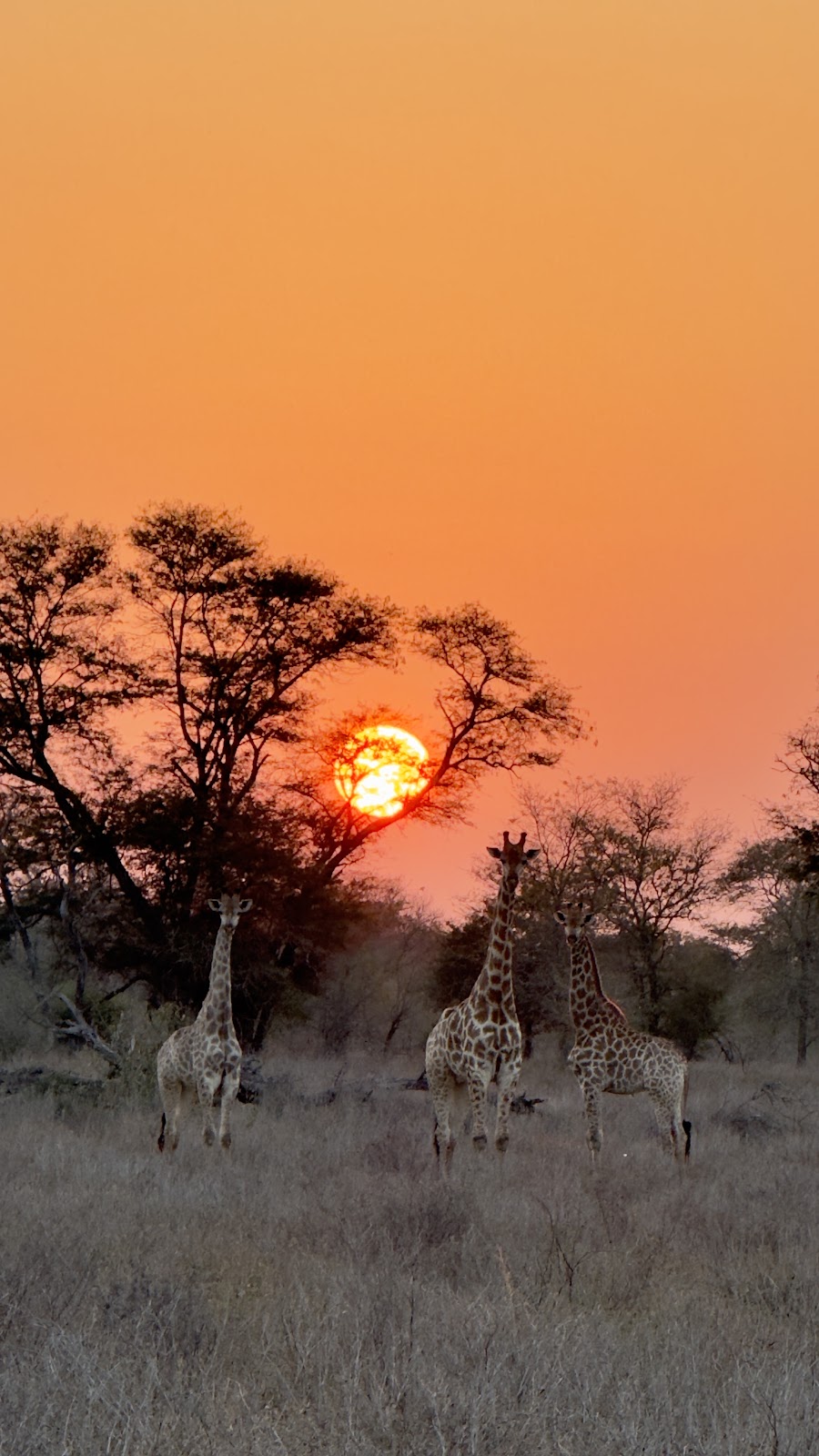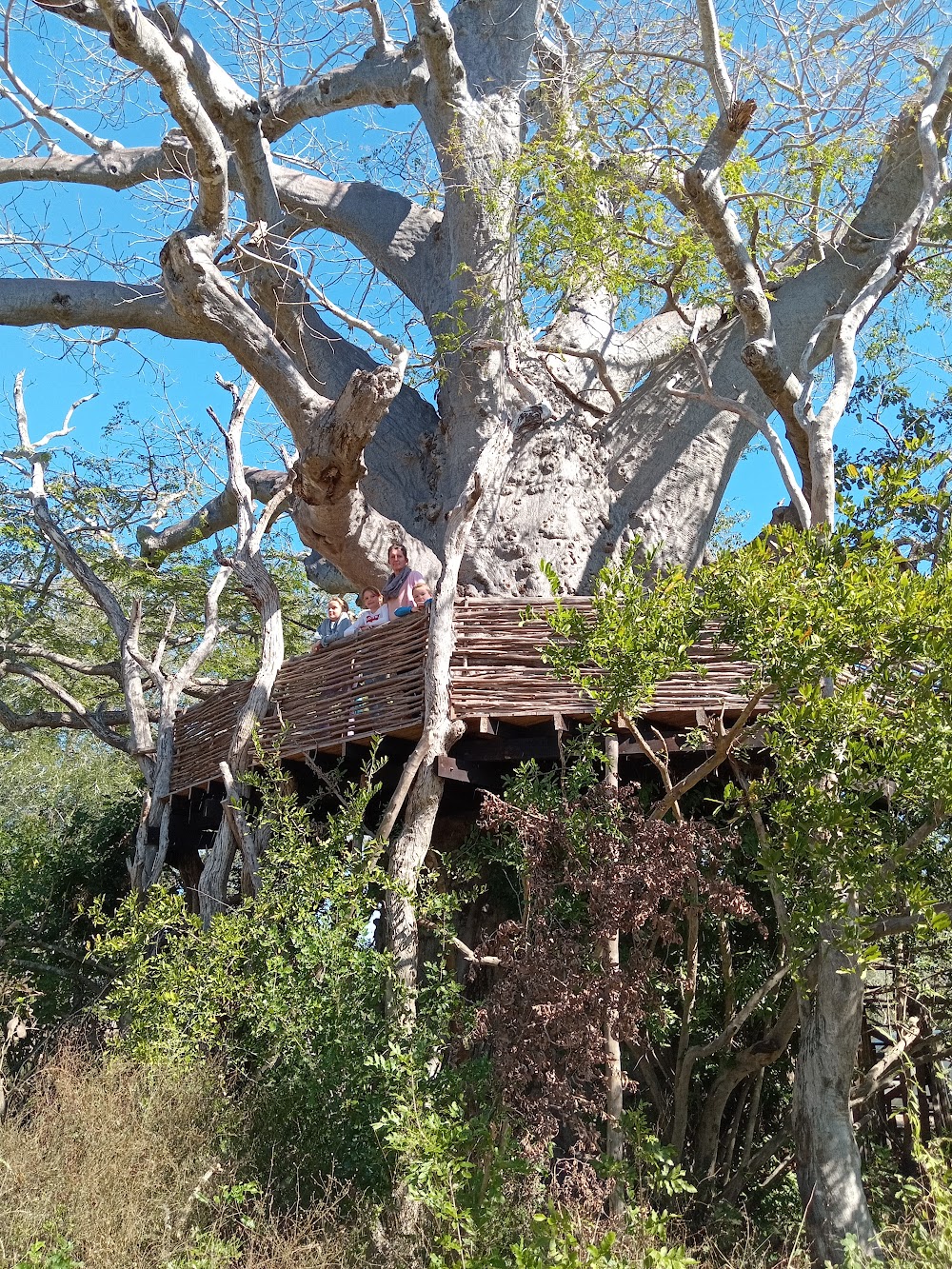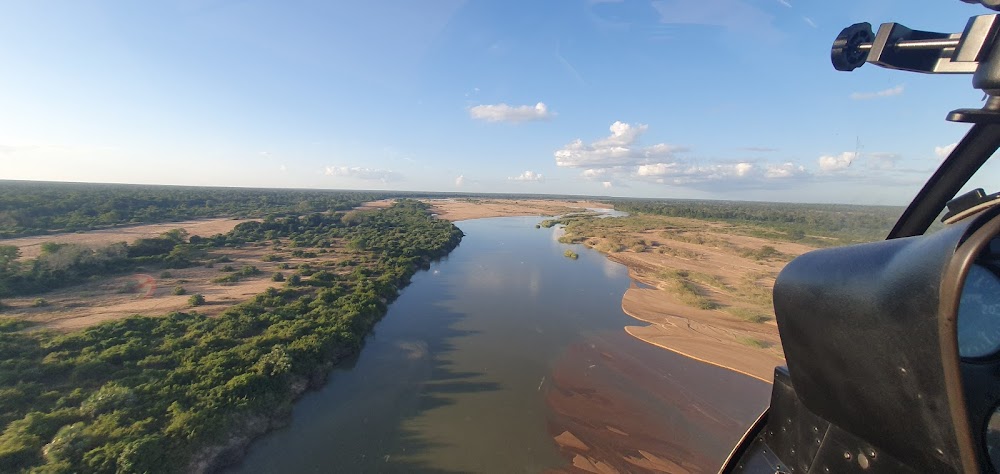Zinave National Park (Parque Nacional de Zinave)
Overview
**Zinave National Park: A Sanctuary of Resilience in Mozambique**
Zinave National Park, nestled in the Gaza Province of Mozambique, is a stunning testament to the nation’s commitment to biodiversity and conservation. Spanning over 4,000 square kilometers, this remarkable sanctuary has evolved from its early beginnings into a celebrated haven for wildlife and nature enthusiasts alike.
The history of Zinave dates back to the late 1960s when it was officially designated as a national park by the Mozambican government. Its primary mission was to preserve the diverse ecosystems and protect a wide array of wildlife species that thrived in the region. In its early years, Zinave was home to large populations of elephants, lions, buffaloes, and various antelope, making it a key area for wildlife observation.
However, like many natural treasures across Africa, Zinave faced severe challenges during the civil war that ravaged Mozambique from 1977 to 1992. The conflict decimated wildlife populations, and the park’s infrastructure fell into disrepair. Poaching and habitat destruction became significant issues as conservation efforts were overshadowed by the harsh realities of war.
As peace returned to Mozambique in the early 1990s, attention shifted back to the country's natural heritage. Zinave was identified as a crucial area in need of restoration. A collaborative effort between the government and international conservation organizations set the stage for a series of projects aimed at rehabilitating the park. These initiatives focused on anti-poaching measures, the rebuilding of infrastructure, and the reintroduction of species that had vanished during the conflict.
A pivotal moment in Zinave’s restoration came in 2015 when the Mozambican government partnered with the Peace Parks Foundation, a transboundary conservation organization. This partnership has led to significant advancements, particularly in the rewilding of Zinave. Notable species such as elephants, zebras, giraffes, and various antelope were translocated from other parts of Mozambique and neighboring countries to repopulate the park.
To support these rewilding efforts, extensive infrastructure development has been undertaken, including the construction of ranger stations, wildlife corridors, and water points. These projects aim to create a secure environment for the animals while ensuring their protection from poachers. The government and foundation have also invested in training programs for park rangers, equipping them with essential skills and resources to combat poaching effectively.
One of the most significant achievements in Zinave’s restoration journey is its inclusion in the Great Limpopo Transfrontier Park, a cross-border conservation area that spans Mozambique, South Africa, and Zimbabwe. This integration facilitates the free movement of wildlife across borders, promoting gene flow and enhancing biodiversity. It also elevates the ecological and tourism value of the region, benefiting local communities through increased visitation and economic opportunities.
Today, Zinave National Park boasts a thriving ecosystem, home to a diverse array of flora and fauna. The vigorous efforts to restore and protect its natural heritage have paid off, as visitors can once again witness herds of elephants roaming freely, graceful giraffes grazing the treetops, and predators like lions maintaining the natural balance of the ecosystem.
The success of Zinave’s rehabilitation underscores the importance of collaboration in conservation. It serves as a shining example of how governments, non-profits, and local communities can unite to revive and protect precious natural landscapes. Through ongoing efforts and adaptive management, Zinave National Park stands as a beacon of hope for conservationists and nature lovers worldwide.
With sustained commitment and ongoing projects, the future of Zinave looks promising. The park not only provides a sanctuary for wildlife but also offers educational and economic benefits to surrounding communities. As conservation efforts continue, Zinave will remain a powerful symbol of resilience and the incredible capacity of nature to recover with a helping hand from humanity.








